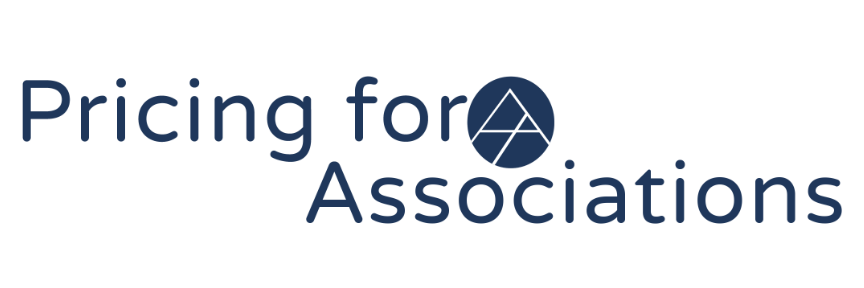How to Quantify Organizational Membership ROI? Ask.
A reader recently asked, “How do you quantify the ROI on organizational membership?”
And the answer is simple. But of course just slightly complex.
The simple answer is you ask.
As an organization, you do not define the value that members or sponsors or attendees get from associating with your association. You have an idea of the value that they receive because they've told you. But ultimately, they know every value lever that makes them by including specific nuances that you may not get by sitting in a boardroom around a table with your internal staff, or even your board members to determine.
Think about that for a moment.
Your board members are usually not a great cross-representation of your membership. They are usually people who are leaders who have been in the field for a while and therefore, unless you have intentional efforts to have young professionals and diversity among your board, you can't just take what they say as the end all be all. Even though many boards, think of what they say is the end all be all. But we're going to leave that topic alone for today.
The best thing that you can do when measuring any value that your association provides to any audience is to ask. Now where this gets tricky is asking the right questions so that you capture the value.
There are three key questions that you can ask to find out the value that you provide and there are key areas that you can give us examples to spur on the right thoughts for responses.
The three questions that you should be asking about value:
1. You should ask what value are you providing that should be amplified.
What we mean by this is what is your organization currently doing through the products and services that you provide that they want more of?
2. You should ask what value is missing.
And this is a big key.
This is where they will tell you what competitors are providing, or what no competitor is providing and that there is an open market for. Your organization can potentially add to the value that you provide to create even more loyal members or sponsors.
3. You should ask what value you are currently providing that they believe that you could sunset.
This is a harder discussion as we all know because we become attached to the programming that we provide.
Despite this, if we are putting time, money, or staff energy, which are all resources, into something that is not a true value lever any longer for our audience, we need to consider letting it go.
One important caveat here is that just because some people say that it should be sunset, does not automatically mean that it should be.
What that might mean is that for their particular segment or persona, it is not a value lever. A quick example would be that someone who is a seasoned professional and does not do direct hiring probably will not find value in your career center. But someone who is a hiring manager or someone who is a young professional and constantly looking for their next step up will find value in your career center.
From there, it is good to give examples of the types of value and ROI that your organization could be providing based either on historical surveys or, if you don't have that, then based on what your team and board comes up with.
What this does is it does give common language and ideas for people to consider when answering those three questions. So for an organizational membership where the entire organization becomes a member of the organization, some quick examples could be the networking that you provide, the demonstration of leadership through thought leadership, or through education, the positioning of the organization as a member and therefore a specific standard of quality or agreement to a certain code of ethics, or benchmarks against the industry and how their organization could be doing better, or how their organization can boast that they are at the top end of a specific benchmark.
All of these are specific values that you provide to organizational members beyond just publications and discounts, and access to a membership directory.
The key when it comes to value is always to ask your audience what they value, and then use their language and their verbiage in your marketing and sales collateral so that you reach other people who need that same value.


